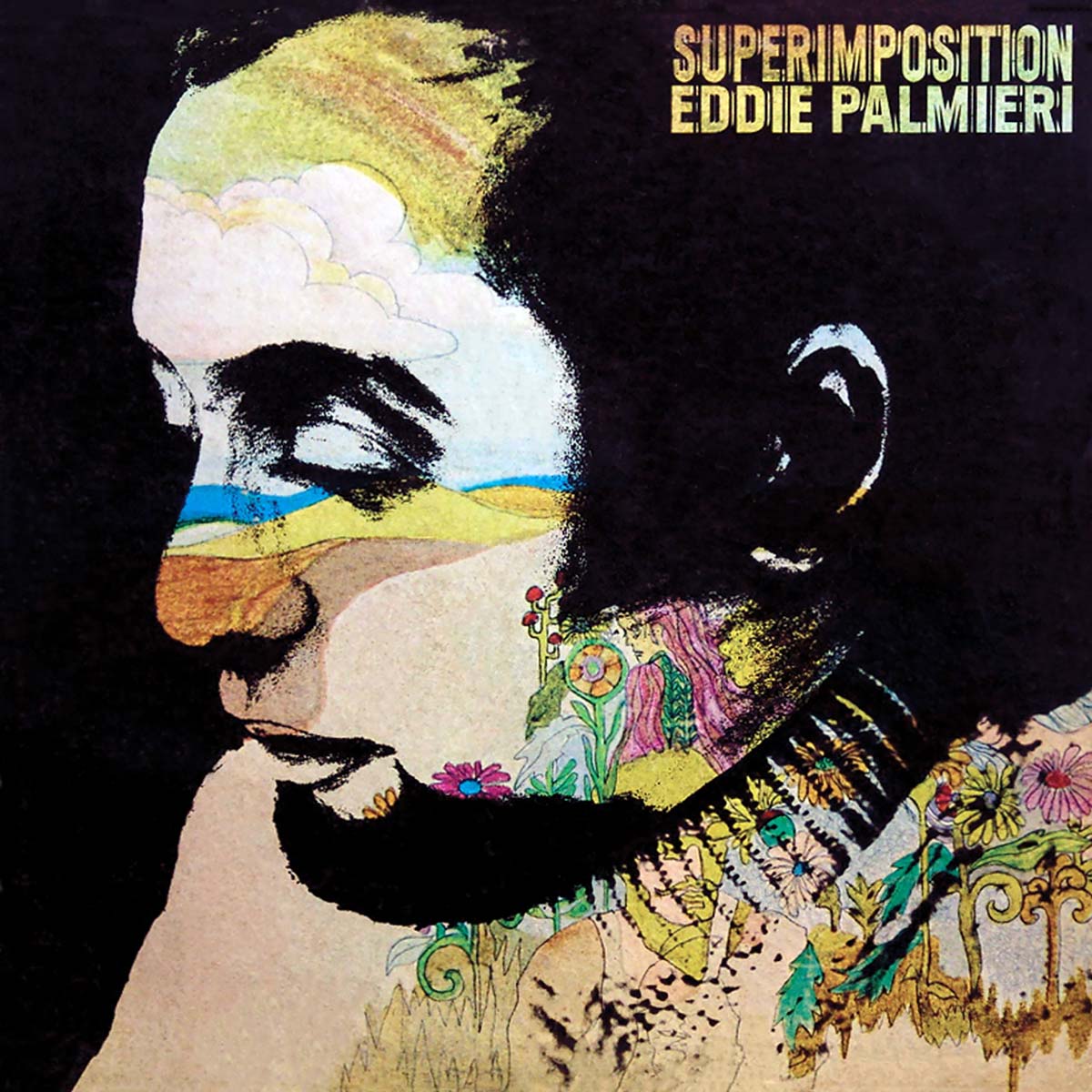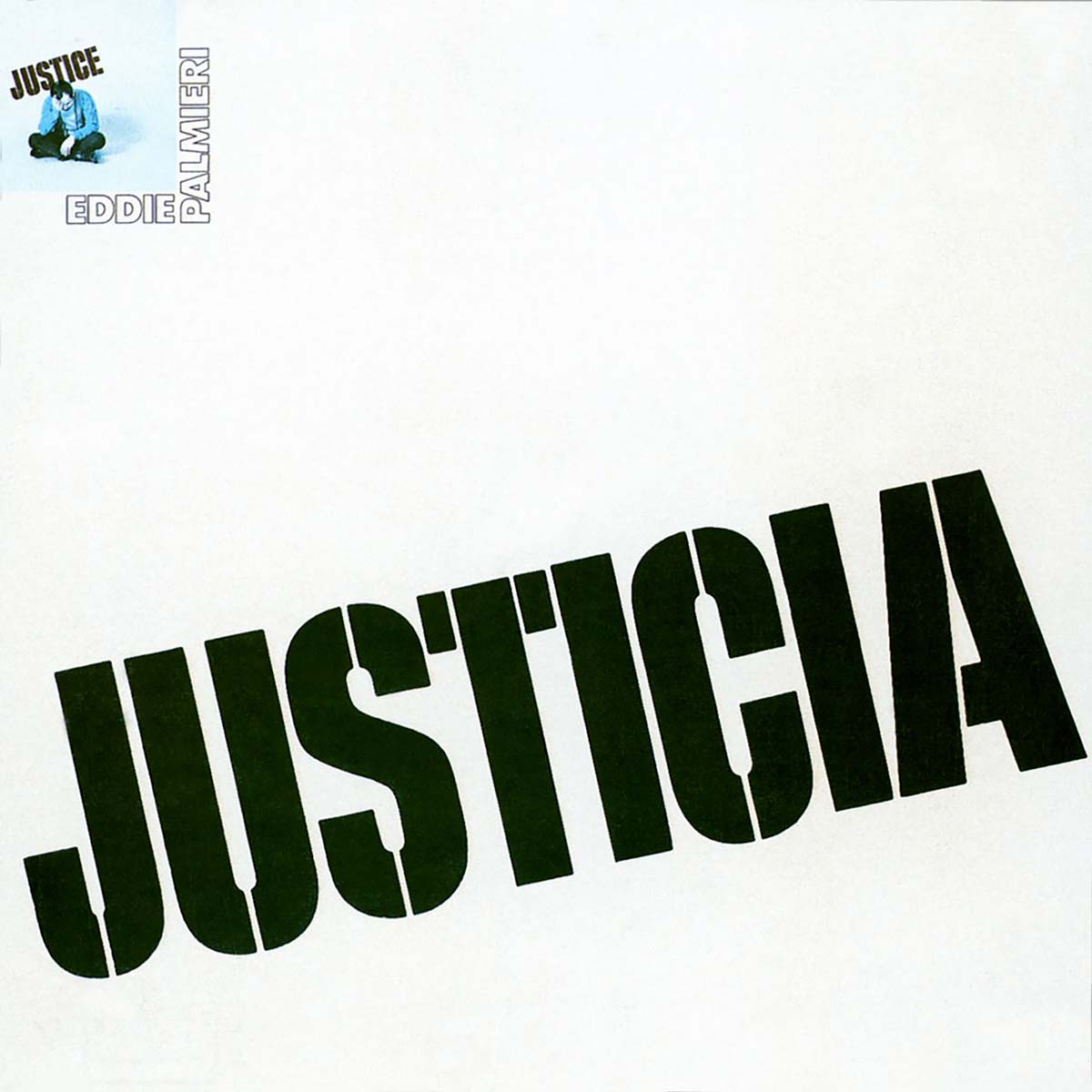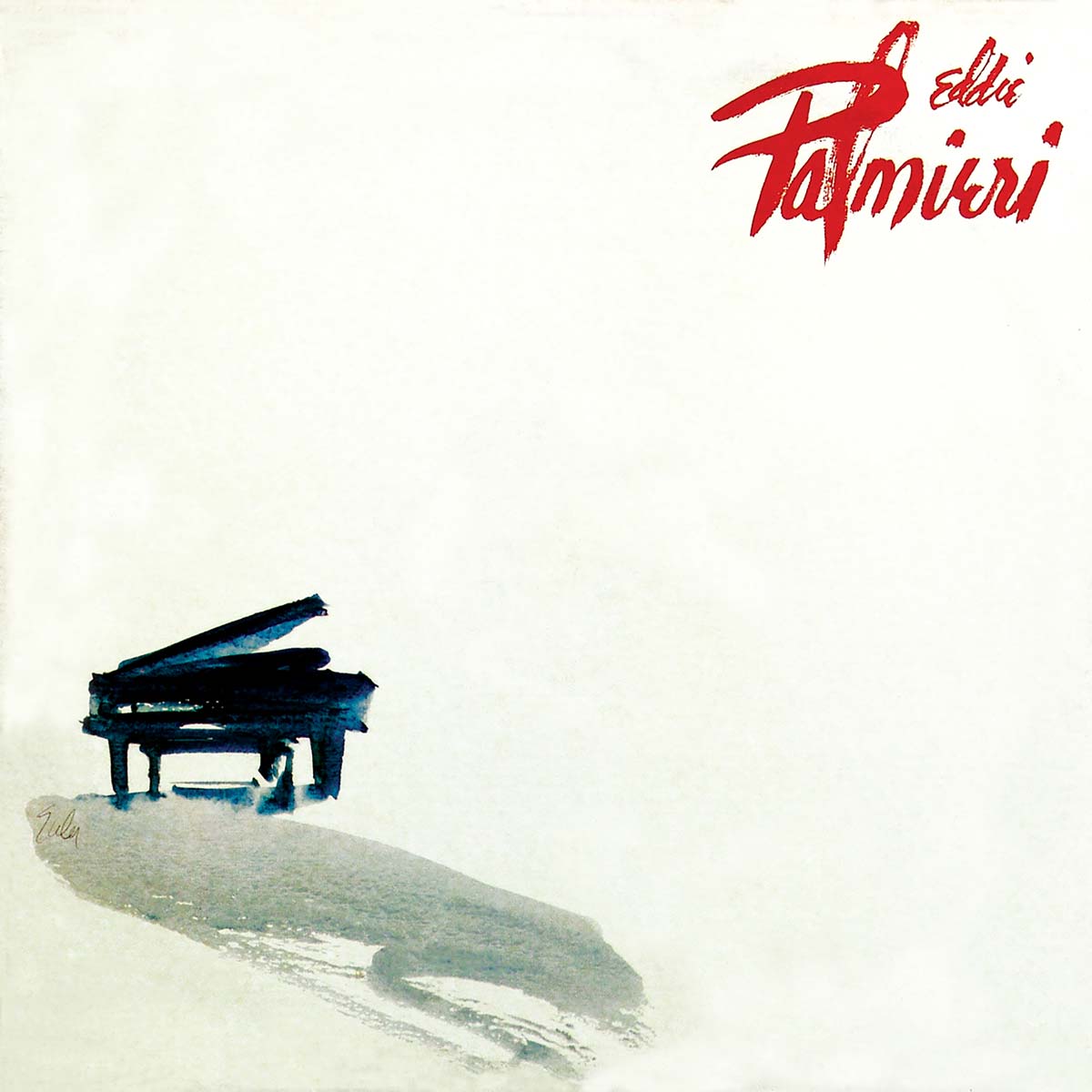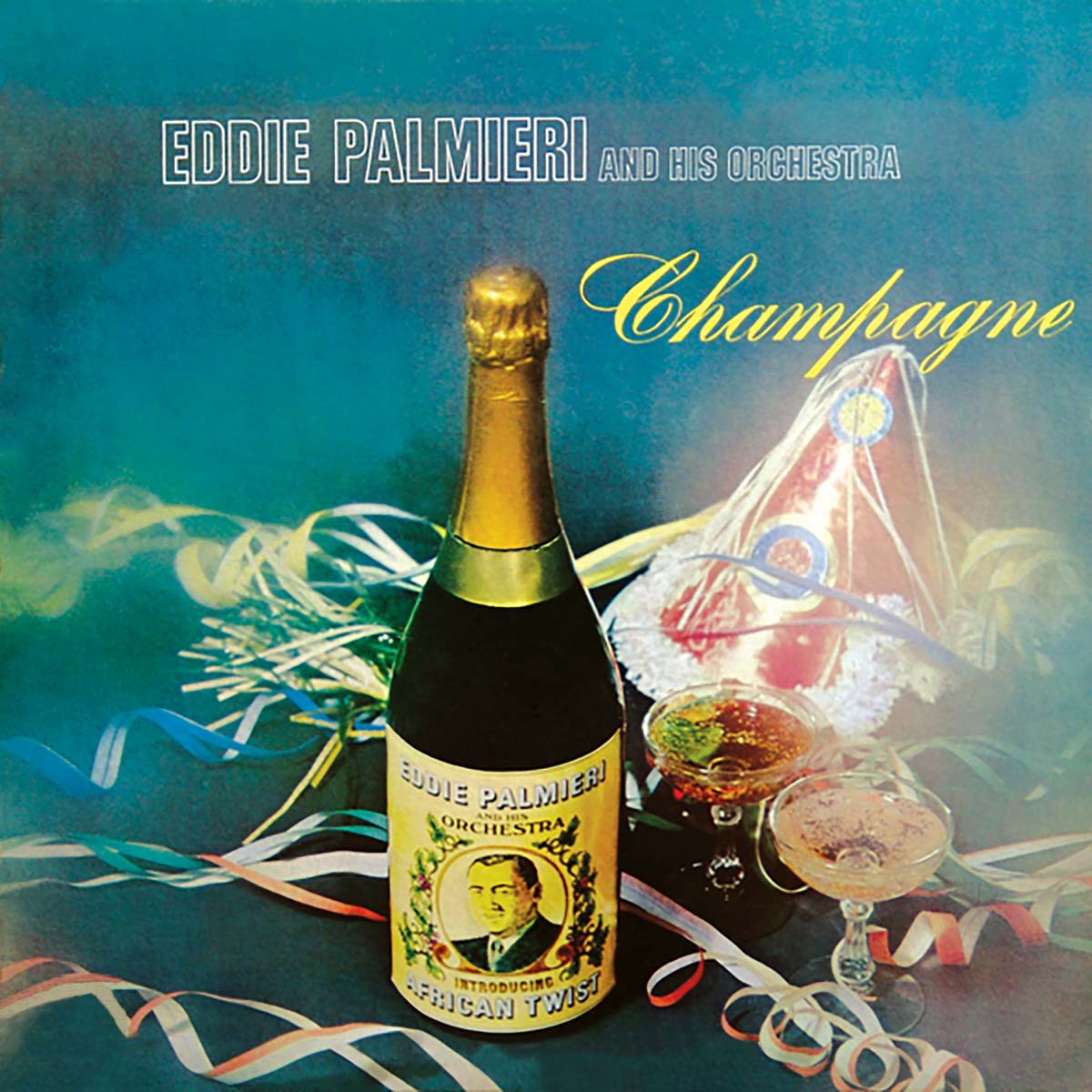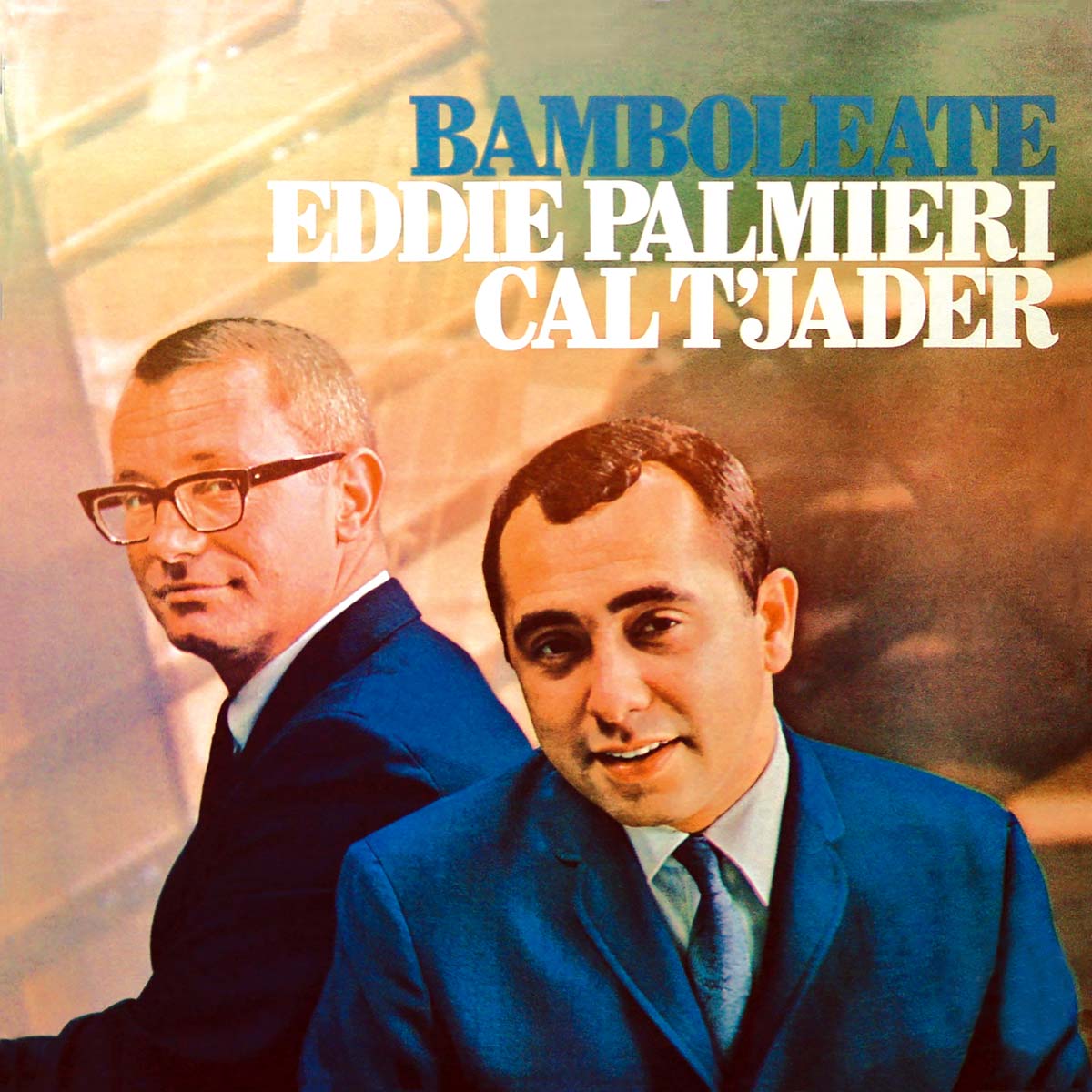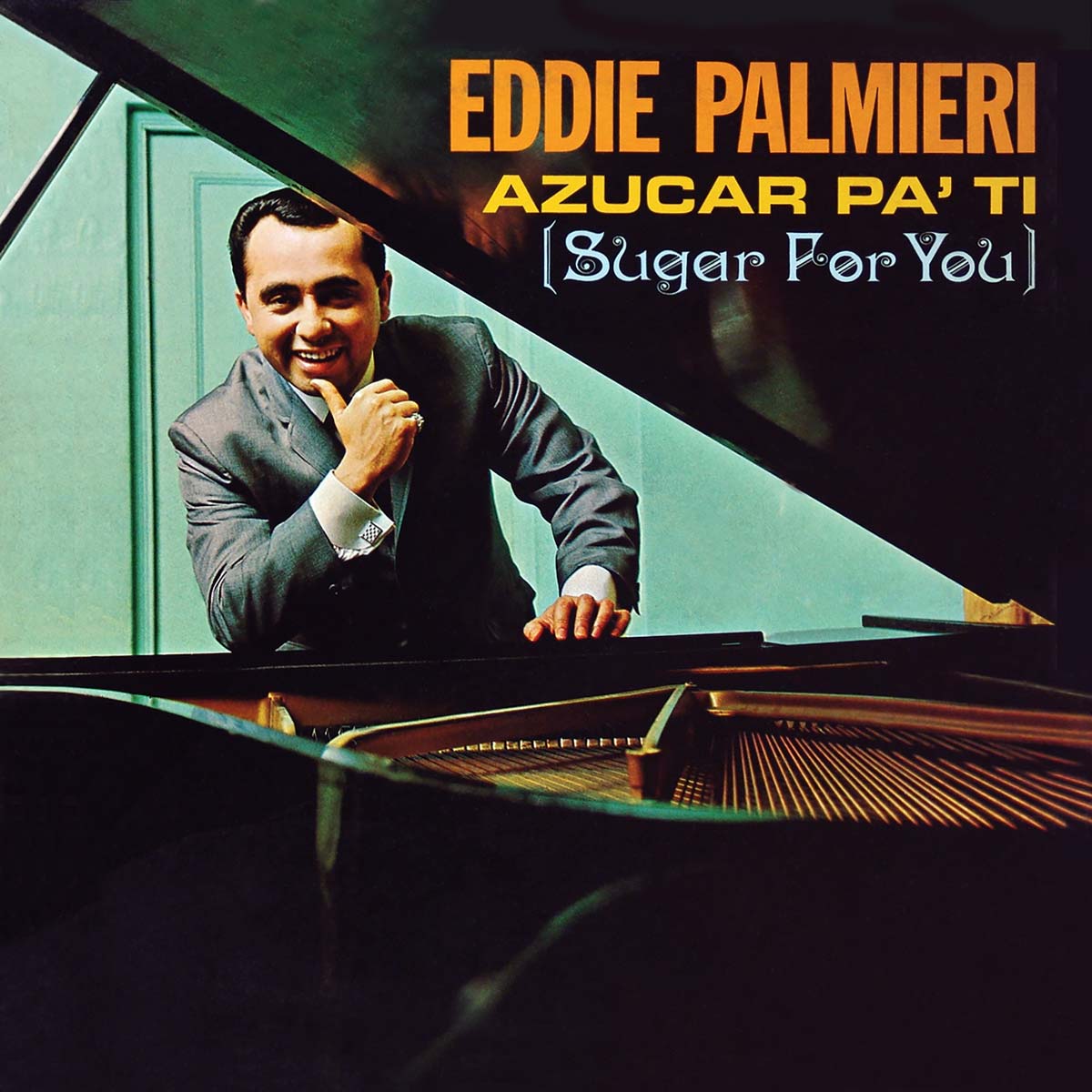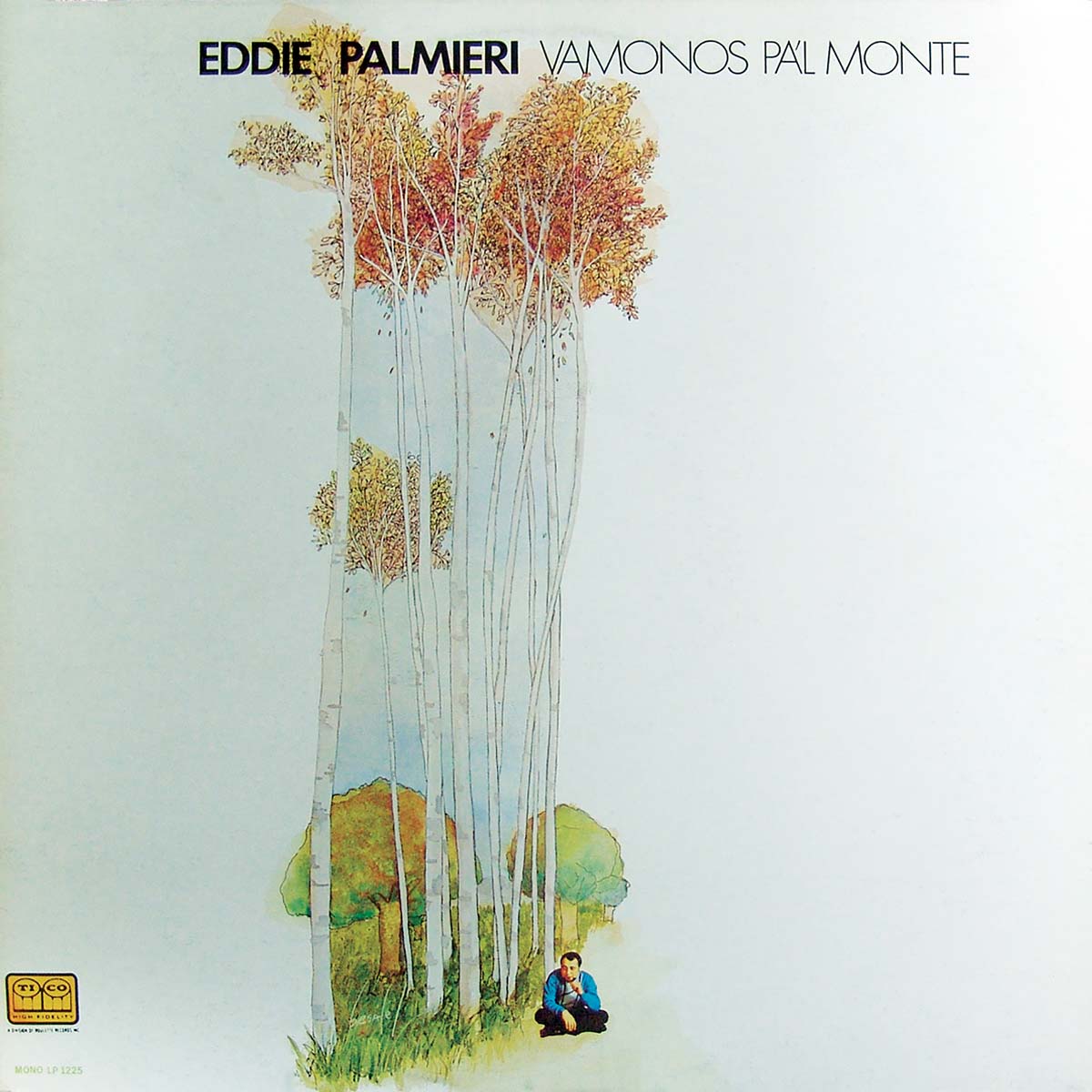
Vamonos Pa’l Monte is one of the most important recordings of Eddie Palmieri, who arguably was one of the foremost Latin pianists of the second half of the 20th century. He also was a widely acclaimed composer, arranger, producer and band leader.
In 1969, after several highly influential albums with his own legendary band, La Perfecta, Palmieri embarked on a new phase of his creative journey. He assembled special groups in a recording session, including previous members of his band, and recorded such hits as Justicia (1969) and Superimposition (1970). However, the culmination of this creative period was Vamonos Pa’l Monte (1971). Palmieri is considered the architect of progressive Salsa. While solidly grounded in the Afro-Cuban musical tradition, Palmieri was always pushing musical boundaries. With La Perfecta, Palmieri experimented with a flute/trombone front-line.
Between 1969 to 1971, Palmieri continued using his characteristic aggressive trombone sound, but added new instrumentation to create new musical colors, texture and layers. In Vamonos Pa’l Monte, Palmieri continued his unconventional orchestration in Salsa by adding the baritone sax (Ronnie Cuber), organ (Charlie Palmieri), trap drums (Nicky Marrero) and the electric piano (Palmieri himself). The overall musical effect is most striking whenever layered contrapuntal horn lines (moñas) are built into the rhythm section. Two common and interesting features of Palmieri’s recordings between 1969 and 1971 are the increasingly prominent jazz elements and the rebellious character of the music and lyrics. Palmieri was caught up in the political unrest of that time and his political sentiments were often reflected in his music.
As a result, his recordings often made political statements against poverty and injustice, as is evident in Vamonos Pa’l Monte. The first song, Libertad Lógico, proclaims that freedom is the logical (rational) answer and dares anyone to take it away (“no me la quites a mi”). Palmieri’s rebellious character also is reflected in his music. Drummer Nicky Marrero has remarked that Palmieri’s use of the snare drum purposely was used to emulate a machine gun. What’ s more, the driving electric character and aggressive tone of the music is proof of a non-conformist stance. According to percussionist Bobby Sanabria, La Libertad Lógico became “an anthem for young Puerto Ricans like me.”
The title track Vamonos Pa’l Monte (“Let’s go to the mountains”) is more than an invitation for urban Latinos to attend a rural party. As Ismael Quintana, legendary sonero (singer) and co-writer of the song, explains: “The lyrics were about trying to cope with the injustices in the world. It meant let’s get out of this crazy mess and so much negativity that we live in, and let’s go to the mountains.” This song is considered an all-time classic in Latin Music. Quintana adds: “Of all the songs I recorded with Eddie Palmieri, this has to be the most influential. That song was played and requested everywhere we would go in Latin America.” For many, Vamonos Pa’l Monte is that much more memorable because Eddie was joined by his older brother, Charlie Palmieri, in the song. The Palmieri brothers had independent careers so opportunities to play together were rare.
In Vamonos, they come together for a burning piano conversation with Eddie on the electric piano and Charlie on the organ. Vamonos Pa’l Monte has an immediately recognizable hypnotic montuno (an open repeated syncopated vamp) that was, and continues to be, a favorite framework for improvisation among musicians of the genre (such as in descargas or jam sessions). Vamonos Pa’l Monte represents the culmination of a period where Palmieri learned to successfully adopt and integrate an increasing number of jazz elements into his music. During the mid-1960’s, Palmieri began formal studies of arranging and composing with Bob Bianco (a friend and guitar player featured in this recording). Palmieri also had the opportunity to play with such jazz musicians as Cal Tjader and Barry Rogers.
By 1971, Palmieri’s horn arrangements grew in harmonic sophistication, and the influence of jazz piano players (like Monk and Tyner) became more obvious. New harmonic devices first entered Salsa in the piano style and arranging of Eddie Palmieri. Not everything in Vamonos Pa’l Monte is a move beyond tradition. In fact, for many, this song is the favorite Palmieri recording because of its perfect balance between the new and the old. The songs Viejo Socarrón (composed by Luís Martinez Griñán) and the beautiful bolero Yo no se (composed by Jacinto Scull) were previously recorded by Conjunto Modelo and Sonora Matancera in the 1950’s. The participation in Vamonos Pa’l Monte of Chocolate Armenteros, perhaps the greatest Cuban típico trumpeter ever, is a solid link to the era of Arsenio Rodriguez and Beny Moré.
In the song Comparsa de los Locos, Palmieri draws from the rich diversity of Afro-Cuban rhythms and musical styles. Comparsas are carnaval groups in Cuba that played conga, a fast and syncopated rhythm that provides the backbone of Palmieri’s song. Vamonos Pa’l Monte, in other words, is a recording that both celebrates and continues the Afro-Cuban music tradition. It is a classic recording that has withstood the test of time as well as the musical fads that dominate the music industry. The compact disc that you are holding in your hands is an essential part of any complete Latin music collection.
Musicians: Eddie Palmieri – Band Leader Ismael Quintana – Vocal Bob Vianco – Guitar Jose Rodriguez – Trombone Alfredo Armentereos – Trumpet Ronnie Cuber – Baritone Nick Marrero – Timbales & Bongo Eladio Perez Perez – Conga Arturo Franquiz – Clave & Chorus Monchito Munoz – Bombo Victor Paz – Trumpet Charles Camilleri – Trumpet Pere Yellin – Tenor Sax Chorus: Santos Colon, Justo Betancourt, Marcelino Guerra, Vayo El Indio, Elliot Ramero, Mario Munoz (Papaito) Recorded at: A & R Studios Engineer: Fred Weinberg Produced by: Miguel Estivill
Written by Dr. Gregory “Goyo” Pappas


